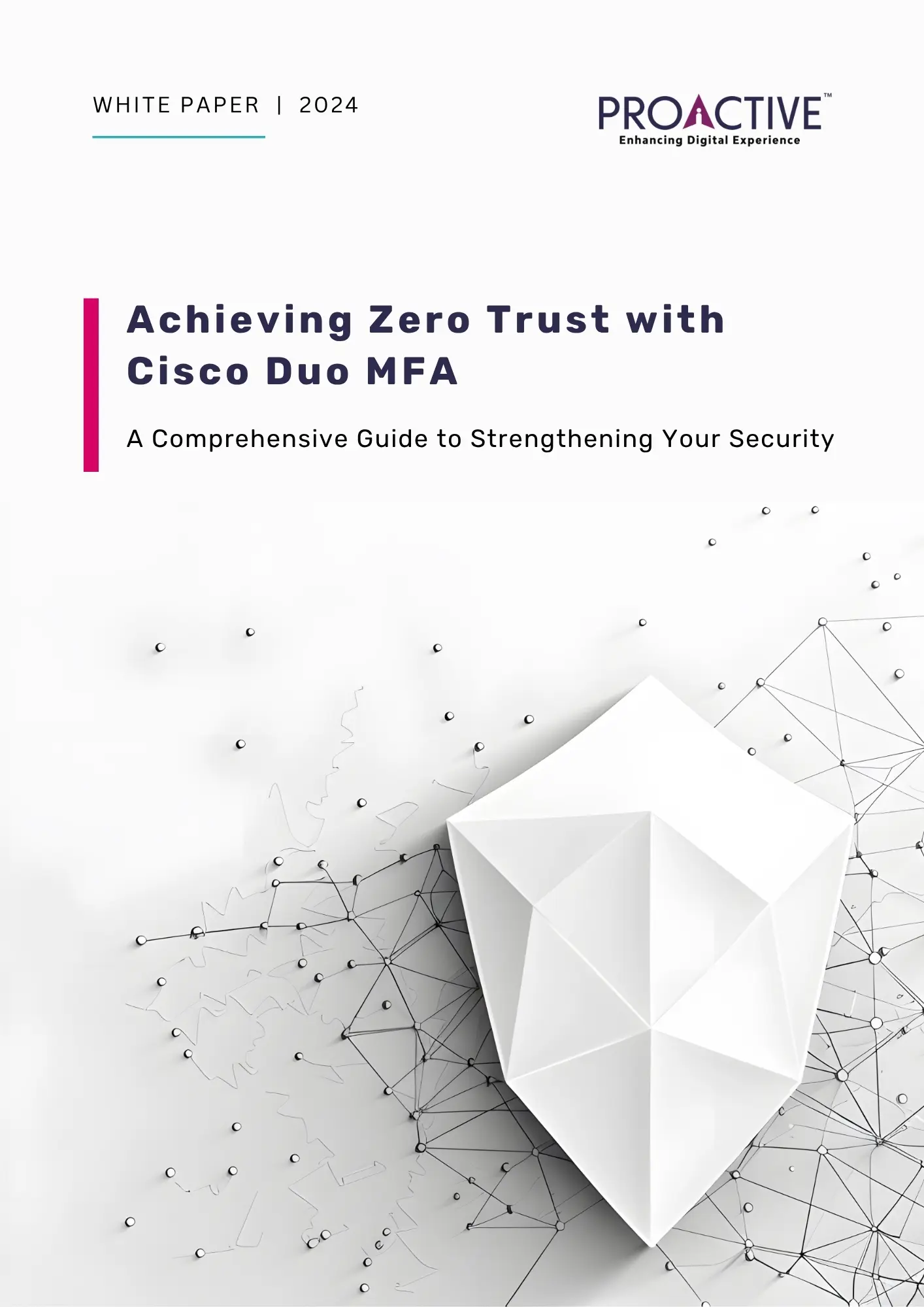Short Take
Security teams need prevention they can prove. This white paper shows how AI in the run, not just in the product, makes managed firewalls a control plane for detection, response, and audit evidence.
Why This White Paper Matters
Encrypted traffic, SaaS sprawl, remote work, and fast-moving attacks have made manual firewall ops brittle. Boards now ask for outcomes they can track. This paper explains a practical model that ties AI, selective TLS decryption, and disciplined change into weekly metrics you can defend.
What You Will Learn
- How AI models baseline egress, east-west, and SaaS use, then flag anomalies that matter
- When to decrypt browser and API traffic, and when to keep device portals exempt, with break-rate guardrails
- How to run a managed firewall as an operating model with daily, weekly, monthly, and quarterly cadence
- The five outcome metrics that leaders trust, policy to incident ratio, rule age, change success, MTTD, MTTR
- A 90-day plan to move from device ownership to outcome ownership across two pilot sites or projects
- Buyer due diligence for private procurement, proof you should see live in ten minutes
- Governance that keeps evidence on tap for ISO 27001 and local reporting rules such as CERT-In
Who Should Read It
- CIO, CISO, and Heads of Infrastructure who need a credible prevention narrative
- Operations leaders who want fewer incidents and predictable change windows
- Product and platform teams that must keep latency stable while closing blind spots
- Procurement leads who prefer proof over slideware
Inside the Paper
- Target architecture for AI-assisted policy and inspection across branch, cloud edges, and data centres
- Model feedback loop, signal to features to score to human approval to policy change to measured impact
- Outcomes at a glance across healthcare, manufacturing, retail, and ITeS, with time to result
- A 90-day roadmap with a day-30 go, no-go gate and a readiness checklist
- Private-sector buyer due diligence to verify live capabilities
Key Takeaways
- AI belongs in the operating model, not just in a feature list
- Selective decrypt with break-rate monitoring is safer and more effective than decrypt everywhere or nowhere
- Weekly outcome metrics create alignment, trend lines beat device counters
- Time-bound vendor access with auto-expiry reduces audit risk and clutter
- Evidence packs mapped to control statements turn audit prep from weeks into days
Preview, the Five Metrics You Will Use
- Policy to incident ratio
- Rule age distribution
- Change success rate
- Mean time to detect
- Mean time to respond
FAQs
Is this Product Specific?
No. The paper focuses on the operating model. It shows where a Cisco Powered managed firewall run fits, and how AI supports prevention without adding latency.
Will Decryption Break Critical Apps?
Not if you use selective policies. Decrypt browser and API traffic, exempt sensitive portals, and monitor break rate.
How Fast Can We Prove Value?
Most teams can baseline, tag owners, and publish the five metrics in the first month. Segmentation pilots and east-west inspection follow in month two. An audit drill with exportable evidence lands in month three.
Does This Help With CERT-In?
Yes. The paper outlines evidence workflows and review cadence so you can approve and submit within the reporting window.
What You Get When You Download
- The full white paper in PDF
- Three simple visuals you can reuse in decks, target architecture, model loop, outcome dashboard
- A 90-day action plan and a one-page readiness checklist
Get the White Paper
Read the full guide, see the diagrams, and take the 90-day plan back to your team.





